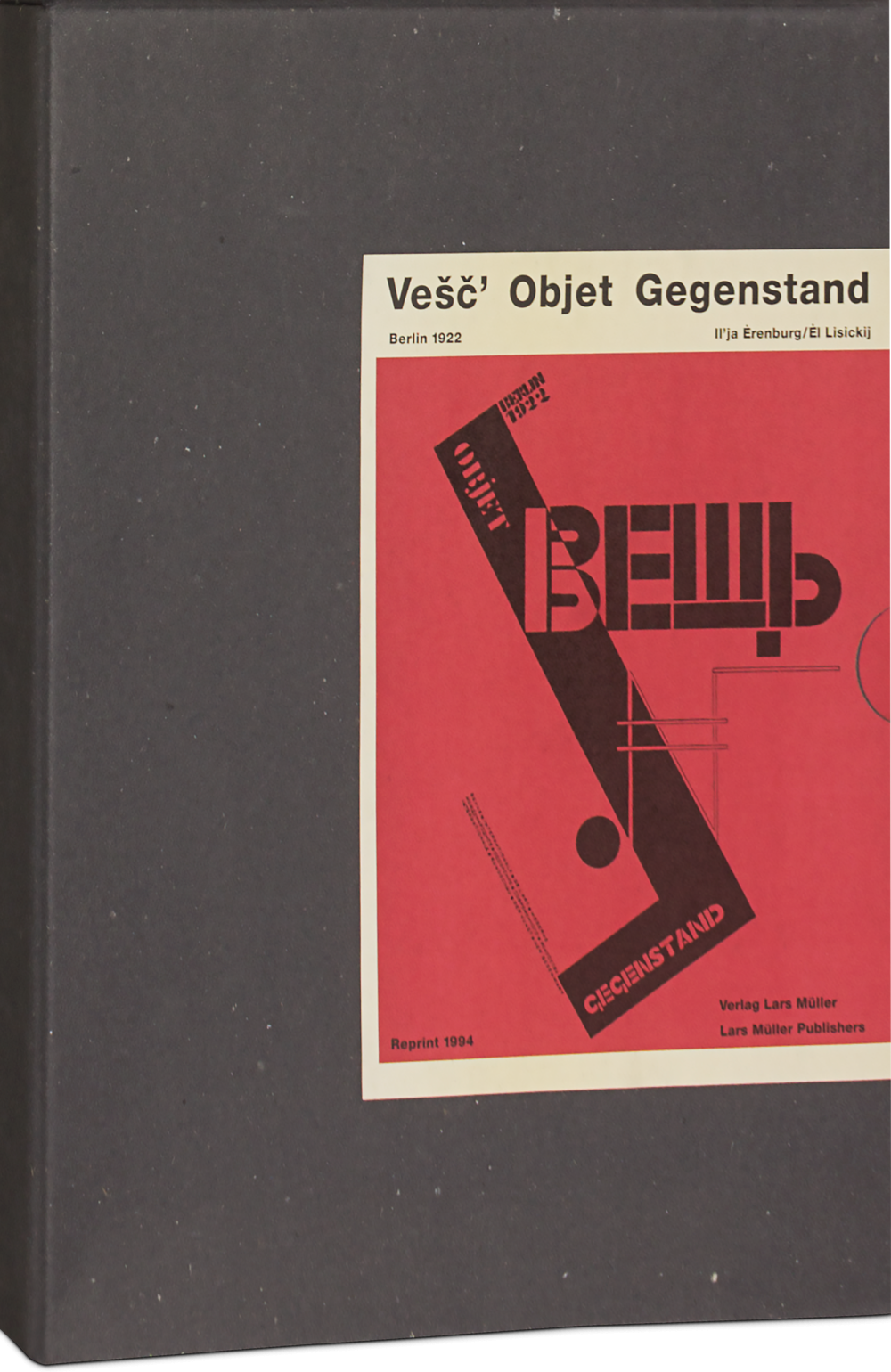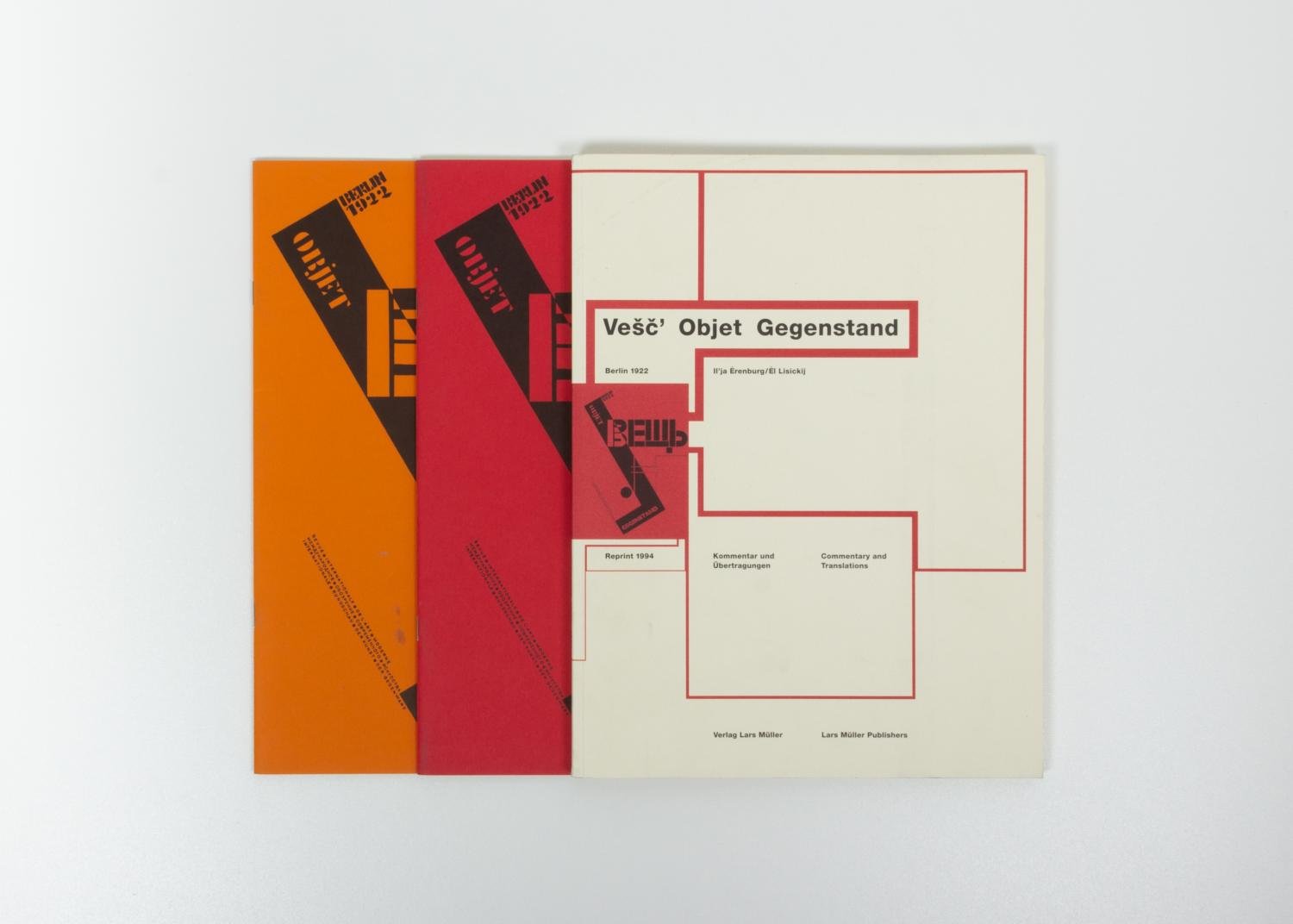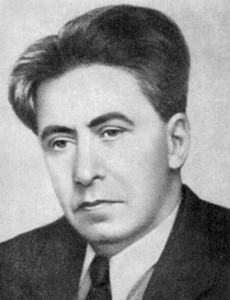
Vesc/Objet/Gegenstand
Although it lasted for only two issues and was written mostly in Russian, the Russian Emigrant magazine “Vešč” exercised an enormous influence on other periodicals of that time. Today, the avant-garde art journal is considered a modernist landmark. Now, for the first time, the extraordinary contents of this short-lived magazine are made accessible in annotated translations and summaries.
This portfolio slipcase includes original reprints of the two issues of “Vešč’ Objet Gegenstand” from March/April and May 1922, edited by El Lissitzky and Ilja Ehrenburg with contents designed by El Lissitzky. A third volume features a commentary and translations in both German and English.
Although it lasted for only two issues and was written mostly in Russian, the Russian Emigrant magazine “Vešč” exercised an enormous influence on other periodicals of that time. Today, the avant-garde art journal is considered a modernist landmark. Now, for the first time, the extraordinary contents of this short-lived magazine are made accessible in annotated translations and summaries.
This portfolio slipcase includes original reprints of the two issues of “Vešč’ Objet Gegenstand” from March/April and May 1922, edited by El Lissitzky and Ilja Ehrenburg with contents designed by El Lissitzky. A third volume features a commentary and translations in both German and English.


